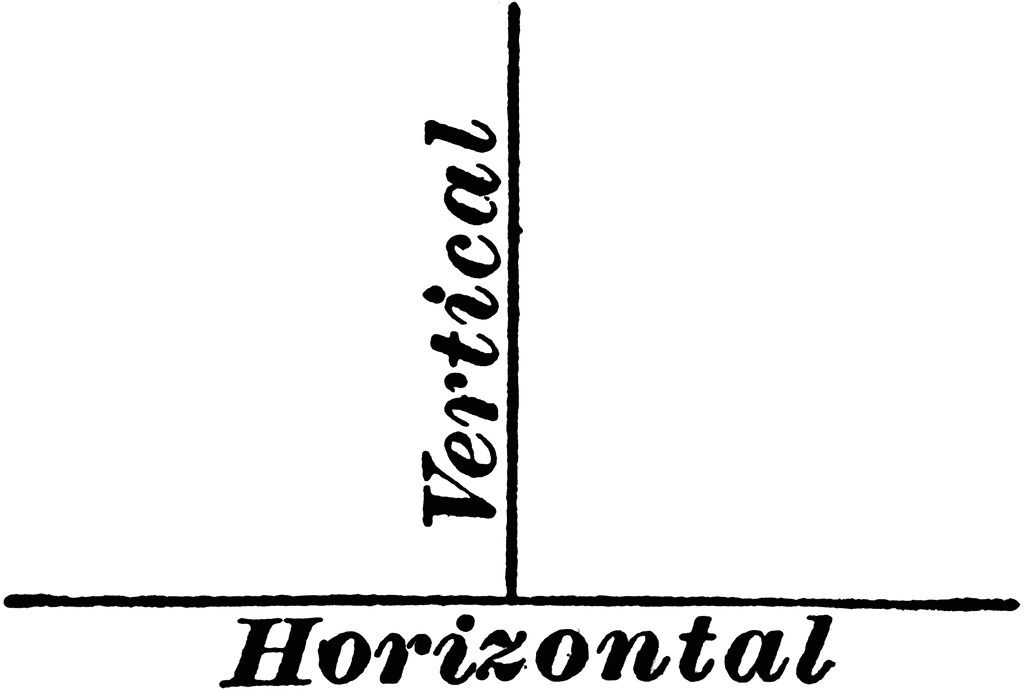Many themes on WordPress do not show an author's bio box. Now the question is how to show the author's bio on WordPress blog posts? Many a time, you cannot customize the pre-existing author's bio box to your satisfaction.
You can maybe care less to look around your theme editor and want a straightforward answer that requires minimal effort and give optimal results. For the above scenarios, your best option would be a WordPress Plugin. You can add an Author's bio box according to needs and customize it to your satisfaction. If you would rather create your own Author's bio box instead of using a plugin, it can only be done through coding. Here we will tell you how to show the author's bio on WordPress blog posts through coding.
Adding an Author's bio in WordPress manually is easy if you have a basic understanding of coding. It is recommended to create and use a child theme. Using a child theme will avoid any breakdowns of your website if anything goes wrong.
To remove the code, you first need to locate the template file that contains it. Depending on the file and folder structure of the theme you are using, this can prove to be a difficult task. Luckily, WordPress has a few plugins that can help us narrow the search or even pinpoint a specific template file. The one we found most useful for this article is the String Locator plugin. As the name of the plugin suggests, it outputs all the template files that include the string you searched for. We are going to use it to find a template file that contains the wrapping element with the author's name.
We are going to do this by searching for its custom class (mkdf-post-info-author, in our example). If you aren't sure how to find that element and its custom class, you can find the steps described in the previous section of this article. But, be aware that the precise element and class name can vary significantly based on the theme you are using. Now we can proceed to the steps required for this method. Author's identity and description are really important metadata to represent any blog's identity. In fact, these are the first impression for our readers.
By default, posts can be distinguished and categorized based on author metadata, creation and modification date. However, in some instances, you might have the necessity of removing these metadata. As per your wish, you can either generalize hide or or remove author from WordPress posts. So, in this chapter, we will be discussing the methods to change the status of an author from WordPress posts. If you think it is important to provide the author's name for a particular post type.
However, some blog owners may not want to display the author name next to their blog posts. By default, WordPress does not have an option to remove author name, and you must select an author to publish a post. In this article, we will show you two ways to easily remove author name from your WordPress posts.
After, installing it on your website, simply head over to 'Plugins' and click on Hide/Remove Metadata to open its settings. There are a few reasons you'd want to conceal the author's name on WordPress blog posts. Sadly, WordPress doesn't offer a built-in way to do that, hence why many hesitate. We're here to tell you that you shouldn't, as the steps are relatively easy and can be permanent if done right. Plus, if you go through with it, you can gain anonymity. Additionally, if you have multiple writers contributing to one post, this eliminates having to choose whose name will be on the frontend.
Finally, by not having any or only a few authors, you make your website look cohesive and uniform. With that said, this is how to hide author in WordPress. Published WordPress blog posts will, in most cases, include relevant metadata like author name and publishing date thanks to your theme's code.
While this is a beneficial feature, on some occasions, you will need to change or remove this data from your website. In this article, we will cover the process of changing or removing the author's name from a WordPress post, specifically. Now go to Posts » All Posts page and click on the screen options menu at the top. This will allow you to quickly edit and change author name for a large number of posts. You need to select all posts using the checkbox and then select edit under the bulk actions drop down menu.
You can also add the Author's bio in the sidebar instead of below the post or article. Below are the steps to how to show the author's bio on WordPress blog posts in a sidebar widget. While setting up your website on WordPress, you might come across many themes that feature Author's Bio Box. This Author's Bio Box appears below every article or blog with the author's information. If you don't see this feature in your chosen theme, you can search for a different theme that might offer the author's bio box feature.
WordPress themes use different variations of code to display the author name. You will need to locate the code responsible for displaying the author's name in your theme files and delete it. Most common locations to find this code are single.php, content.php, archive.php, and index.php files. This method can be an alternative to remove author from WordPress posts if you want to create a general name of author for every published blog posts. This can be used if you want to give authorization for every post published to the company and is sensitive to present author's identity in posts. One of the flaws of this process is that this is an irreversible process.
For reverting changes you have to go to each post and change the name of author individually. However, By default, WordPress posts do not have a choice to publish articles without an author. Therefore with this comprehensive 2021 guide we have created multiple ways on how to hide or remove the author name from WordPress post.
Now let's dive in and make sure to follow every step as it is very important. Sometimes, using a generic, non-revealing name is a better alternative to completely removing the author's name from your blog posts. As we noted previously, it makes the absence of a particular author less noticeable as long as the same writing style is maintained. Hiding the author's bio is fairly simple in most cases. You can check the customization options of your theme to disable the author box. How to add an author's name on a WordPress post and how to show the author's bio on WordPress blog posts are some of the easiest things.
Some of the simplest of the tasks can seem complicated at first. Especially when you are trying to start something new and learn it at the same time. WordPress is a necessary tool for everyone nowadays. If you are trying to start a blog, improve your writing, give an online platform to your business.
Another alternative way to hide the author in WordPress posts is to create a generic name and use it for all your past and future articles. This is the best thing to do if you do not want to show the real author. You just have to add a new author and give it a generic username. You will then need to change the author name before publishing each post.
When you publish a post, WordPress automatically displays the author of the article. It certainly is one of the useful and informative features that WordPress provides. But, there are times when you might want to remove the author name in WordPress posts. By default, WordPress does not have an option to publish articles without an author name.
However, there are some ways by which you can remove the author name in WordPress posts. So today, here at DevotePress, we will be learning the easiest ways to remove author name in WordPress posts. One of the most recommended methods to remove author from WordPress posts is by using a plugin. However, it's working feasibility is not guaranteed with all kinds of available themes. With these multiple methods it is now easy to remove / change the author name and also to change multiple author names.
You can use any of these methods suitable for you. We hope that you leaned on to successfully change the author name for multiple posts. Anyway, if you know any other simple but effective method to remove the author name in WordPress blog posts, share with us by leaving a comment below.
And if you have a multi-author site, you can find plugins to manage it here. Those are two simple ways to hide an author's biography in WordPress blog posts as I said. There are many other ways of using another plugin or CSS code.
But, it seems quite difficult to use CSS code if you are not a developer. Are you looking for a way to easily remove the author metabox from the admin post page? While there's probably a plugin for this, we have created a quick code snippet that you can use to remove author post metabox in WordPress. How to change author's name in bulkAs with the first method, this will only work if you're attempting to attribute the posts to an existing author. Follow the steps given below to know how to show the author's bio on WordPress blog posts through coding.
The plugin functions smoothly on any WordPress theme. With the Hide/Remove Metadata, you can either hide the author/published date/both or you can even completely remove them. Did you know we can also remove author from WordPress posts manually?
However, for this method, you will be requiring some basic knowledge in coding. If that's ok for you, you can also edit your WordPress theme files by this process. Although, it is very easy to change the author by editing a post.
If you want to change author name for multiple posts. It takes more time to edit a post and change the author. Click the Disable – Enable button to change it to be Enable. That is to enable the plugin and allow it to remove the author information in all the blog posts. Simply move any or all of these to show No, and that's it!
The information won't be displayed on the posts that appear within this module. And if you want the information removed from the blog posts themselves, you can do that from within the Divi theme options. Within that section, you will see a tab labelled Single Post Layout.
Doing so will require some coding knowledge and general WordPress familiarity. Before starting, we suggest that you back up your files, as improper editing causes errors that could break your site. Depending on the theme or plugins you are using, the process of changing or removing the author's name differs substantially. Some themes or plugins may have in-built options for this purpose, while others don't. But, plugins, in general, are prone to compatibility issues with other plugins or themes.
And, the options of a particular theme might not be available after switching to another theme. Thus, it is important to know the approaches that circumvent these issues. In this article, we have included three such methods.
This method to hide author names from WordPress posts is very similar to the above one. Still, it does not require any plugin or editing the running theme or child theme. Install the WP Meta and Date Remover plugin and proceed to its Content Settings section.
Here you can choose to hide the author as well as the date from the blog posts. Author archive pages list all content written by a specific user on your site. It is possible to enable or disable the author archives both in Yoast SEO and in Yoast SEO Premium. If you have author archives enabled, your site will have an archive per user, showing all the posts they've created.
In this article, we'll explain how you can enable and disable the author archive pages. I want to remove the author, category, and date from all my wordpress posts. If you want to hide the author of your blog, simply turn on the Hide Author option. Whereas, you can simply turn on the Hide Published Date option if you want to hide the published date of articles. Click the Save Changes button to store your settings. This will automatically change the author's name on all of their posts, using the new display name instead.


















































